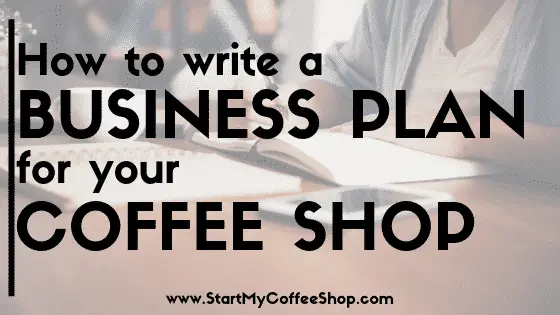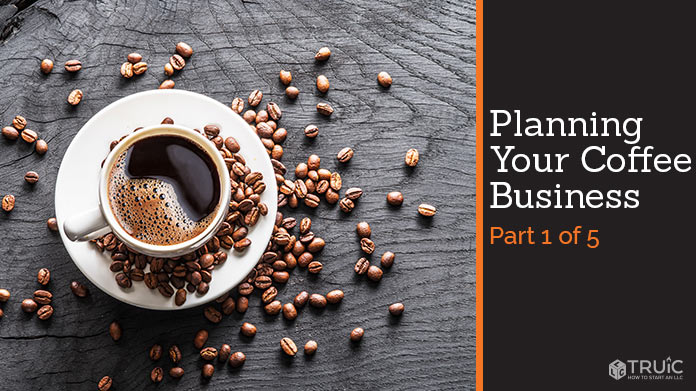Being an entrepreneur has its perks. You can work from anywhere and anytime, you have more control of your business and you have the opportunity to impact people’s lives in many ways. This is what inspired me to become an entrepreneur myself. I decided that working for someone else wasn’t for me, so I took a leap of faith and started my own business, this blog :).
The introduction to a business plan is what the writer of the business plan believes is the most important part of the plan. The introduction acts like an opening argument and an overview of Financial Forecast and Expenses, Executive Summary the rest…

How to make business plan for coffee shop
A coffee shop business plan is a formal written document that explains your business concept, goals, and how you will achieve success. It answers several questions, like how you will set up your coffee shop, how you will fund your business, and what revenue you expect to make. It includes information about your marketing plan, sales strategy, coffee shop customers, pricing structure, competitors, labor requirements, and finances.
Similar in length to a traditional restaurant business plan, it’s a succinct document that usually spans 15-20 pages, but no more than 30 pages. Coffee shop business owners can make their plans pop with visuals like photos and designs of their shop, and site plans of their retail store. Charts and graphs are also used to show financial inventory information, like how much coffee beans will be purchased monthly and at what cost, for example.
Once complete, you will be able to show your coffee shop business plan to potential investors, bankers, and business partners. That’s why it’s so important to dedicate a large amount of time and energy into getting your business plan underway early on.
Executive Summary
Your executive summary is a short and a high-level overview of each section in your business plan for a coffee shop. It describes your business concept, the problem it solves, your target market, financial highlights, lease information, as well as your vision for the menu, products, and how you will service coffee – whether that’s in a kiosk, drive through, pickup, or sit-down coffee shop.
As you write your executive summary, consider who will be reading your business plan and what you would like them to know. After all, you want to capture your reader’s attention and entice them to continue reading or even invest!
Here are a few key points of interest you can mention:
Ambiance: The character and atmosphere of your coffee shop
Location: Information on your potential foot traffic, facility/lease, and seating capacity.
Kitchen storage: Space for multiple blends of coffee or a high-end espresso machine.
Goals: Your mission statement and guiding principles that will drive your success.
Funding: What funds you need and how you will use them to achieve your vision.

Business Overview
The Business Overview section takes a deeper dive into the coffee industry as a whole, your local market, and what makes your coffee shop model unique amongst the competition. Here, you should give a brief overview as to when and why you started your coffee shop business. In addition, you can include major achievements such as hitting target sales goals or opening new coffee shop locations.
In this section, you can also go into more detail about how your neighborhood coffee shop will operate. For example, explain what coffee and food products you will offer, hiring and labor practices, and how coffee will be brewed. This, of course, will depend on your coffee shop business model. Here are a few types of coffee shops and how they could be described:
Marketing and Publicity
An effective marketing strategy is essential for bringing new customers in your coffee shop’s door and retaining your loyal guests. In this section, you’ll describe how you want to drive incoming traffic, in addition to what budget you have in mind, and your expected return on investment. If you have a lot of detailed information, you may want to create a separate marketing plan document
Financial Forecast and Expenses
This is an important section, especially if you need to attract investors to your coffee shop. Since coffee shops are often smaller retail storefronts, often with a lower profit margin, this section needs to emphasize how your business will grow and be profitable in the long-term
To get ideas of details to include, you can also use a coffee shop business plan template.
Whether you own a coffee shop, or are just starting out, writing a coffee shop business plan is essential to your success. In such a highly competitive coffee market, you need a business plan to show potential investors what makes your retail store stand out.
If you’re looking for a coffee shop business plan example, a template is a great place to start. By using a coffee business plan template, you can improve your chances of securing funding or attracting new business partners. Using a business plan structure will also keep you organized and show readers how your coffee shop can be successful.

Your financial forecast and expense section should include the following:
Cash flow statement with monthly projections for all your coffee shop purchases
Balance sheet to give investors a snapshot of your assets, liabilities and equity
Break even analysis to demonstrate the sales you need in order to make a profit
Bakery and coffee shop business plan
A coffee shop is a business where coffee, tea and related products are sold to customers. Coffee shops range from small businesses with a single storefront to large corporations with multinational outlets. Many coffee shops offer other beverages such as beer, wine, and cider. Some provide food and pastries too, but many do not. Coffeehouses often sell items like books, artwork, music and magazines. Espresso bars are similar but have more limited offerings than coffeehouses.
A bakery is a retail outlet that sells baked goods such as breads, cakes, pastries, pies (sweet), cookies, scones, muffins and cakes. These products are also known as confectionery which may include ice cream or frozen custard; or they may be called viennoiserie which includes croissants and Danish pastries (but not French toast). To distinguish from general bakeries that sell breads and sweet baked goods without being restricted to one type of product (as in the case of a “bakery”), the term “patisserie” is used for French-style bakeries that specialize in cakes and other sweets rather than breads. A shop selling only one type of baked good is an example of a specialty bakery or patisserie: